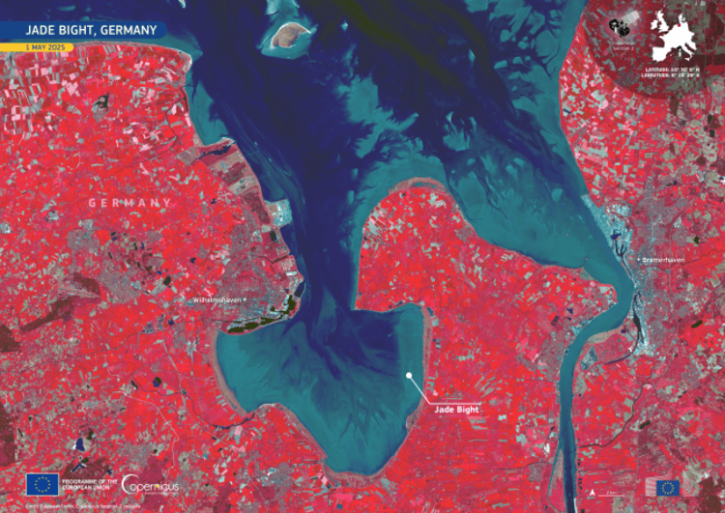
October 11 marks World Migratory Bird Day, a global observance dedicated to raising awareness about the conservation and protection of migratory birds and their vital habitats across the planet. Each year, the day serves as a reminder of the importance of safeguarding the ecosystems that support millions of birds traveling vast distances between breeding and wintering grounds.
One of Europe’s most significant migratory bird sites, the Jade Bight in Germany, stands as a symbol of this global effort. Internationally recognized for its ecological importance, the Jade Bight is designated as a Ramsar wetland of international significance and forms part of the Wadden Sea UNESCO World Heritage Site.
This unique coastal environment, composed of extensive saltmarshes, mudflats, and sandbanks, provides an essential resting and feeding ground for an estimated 10 to 12 million migratory birds each year. Species stop here to regain strength during their long and perilous journeys across continents.
A recent false-colour image captured by one of the Copernicus Sentinel-2 satellites on May 1, 2025, offers a striking view of the Jade Bight during low tide. The satellite imagery reveals exposed channel systems, offshore shoals, and sandbanks that form the complex and dynamic landscape crucial for sustaining avian life.
The Copernicus Programme continues to deliver invaluable data and imagery for monitoring global habitats and ecosystems, particularly in vulnerable coastal regions. Such insights help guide conservation strategies, inform policymakers, and support researchers working to ensure the survival of migratory species facing increasing threats from climate change, habitat loss, and human activity.
As the world celebrates World Migratory Bird Day, the message is clear: protecting migratory birds means protecting the delicate ecological balance of the planet itself—one flight path at a time.





